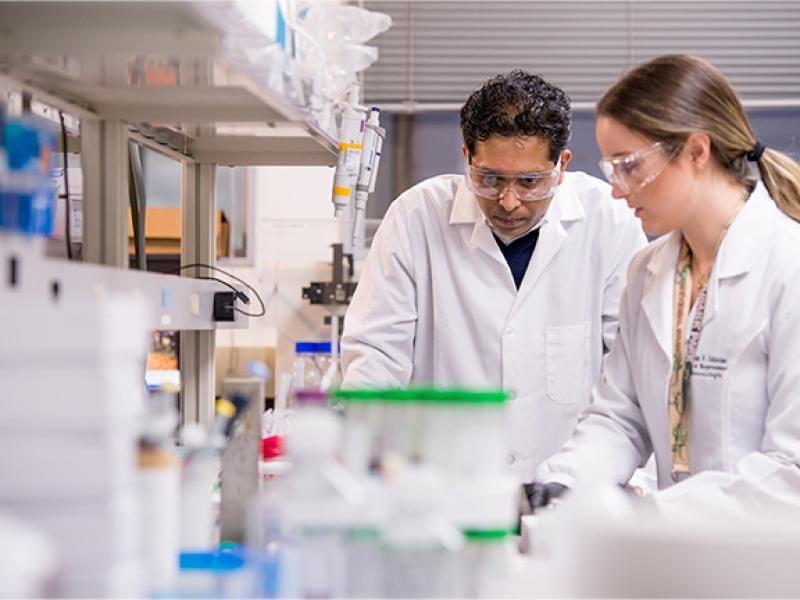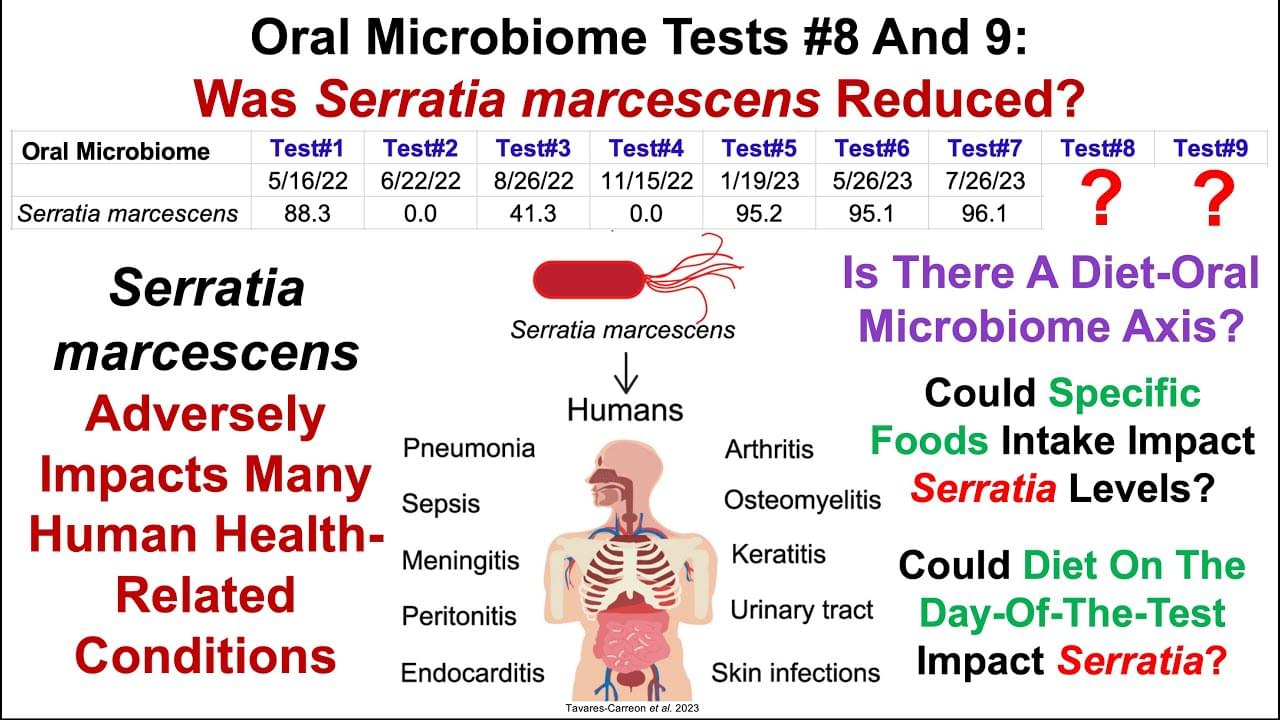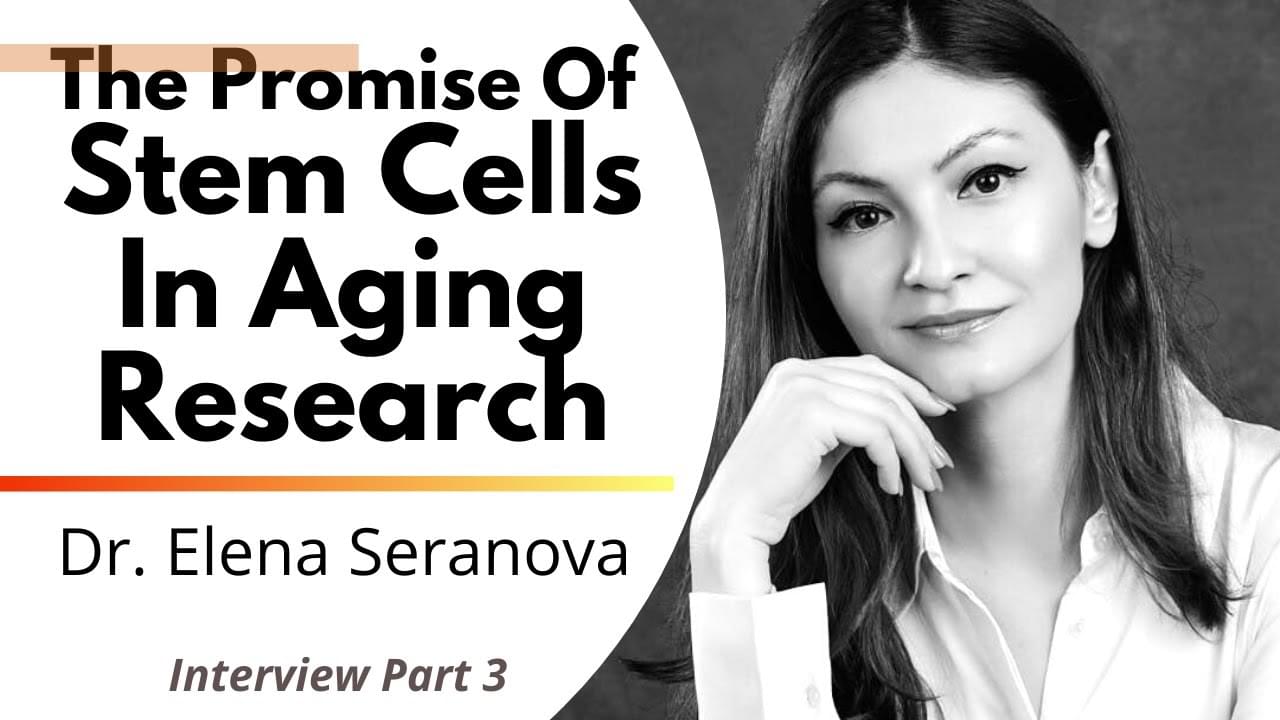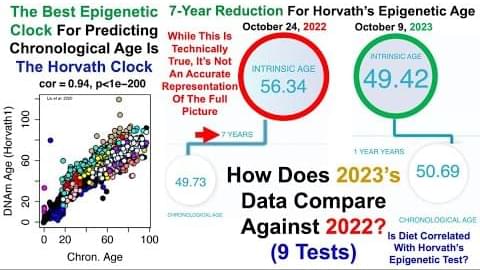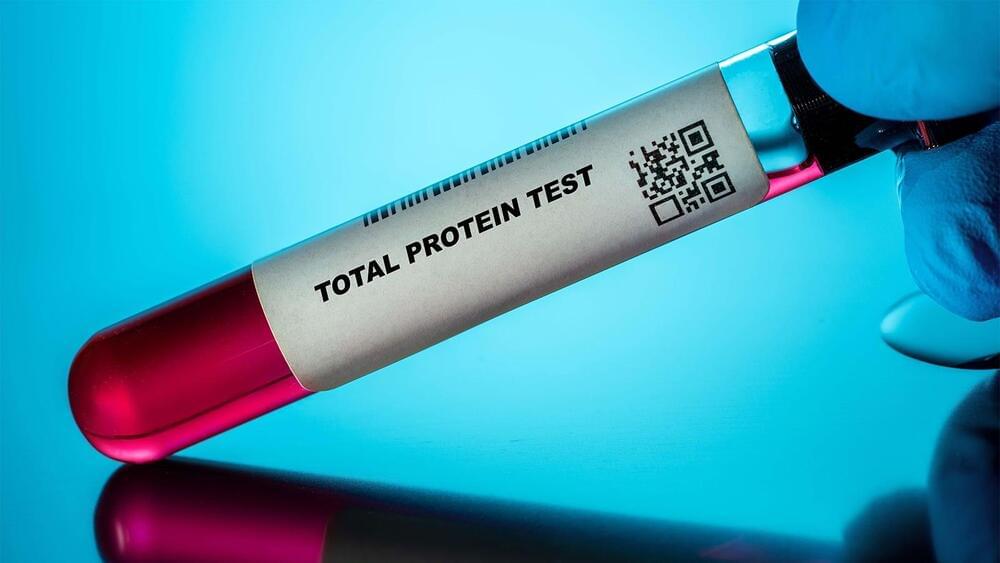New research suggests that biological age, as indicated by DNA methylation, more significantly impacts cognitive abilities like memory and processing speed than chronological age. This finding could reshape our understanding of aging and cognitive health.
Category: life extension – Page 86
A new study in mice and monkeys suggests that one ingredient to a longer, healthier life may be taurine, a micronutrient commonly found in energy drinks.
➡️
Animals given taurine lived longer, healthier lives, suggesting that the compound may also increase human longevity.
The technique represents an important step in engineering skin grafts, drug testing. A team led by scientists at Rensselaer Polytechnic Institute has 3D-printed hair follicles in human skin tissue cultured in the lab. This marks the first time researchers have used the technology to generate hair follicles, which play an important role in skin healing and function.
The finding, published in the journal Science Advances, has potential applications in regenerative medicine and drug testing, though engineering skin grafts that grow hair are still several years away.
“Our work is a proof-of-concept that hair follicle structures can be created in a highly precise, reproducible way using 3D-bioprinting. This kind of automated process is needed to make future biomanufacturing of skin possible,” said Pankaj Karande, Ph.D., an associate professor of chemical and biological engineering and a member of Rensselaer’s Shirley Ann Jackson, Ph.D. Center for Biotechnology and Interdisciplinary Studies, who led the study.
Bryan Johnson, 45, is using his life as a science experiment to see how long he can live and to reverse signs of aging as he goes. NBC News’ Gadi Schwartz reports.
» Subscribe to NBC News: http://nbcnews.to/SubscribeToNBC
» Watch more NBC video: http://bit.ly/MoreNBCNews.
NBC News Digital is a collection of innovative and powerful news brands that deliver compelling, diverse and engaging news stories. NBC News Digital features NBCNews.com, MSNBC.com, TODAY.com, Nightly News, Meet the Press, Dateline, and the existing apps and digital extensions of these respective properties. We deliver the best in breaking news, live video coverage, original journalism and segments from your favorite NBC News Shows.
Connect with NBC News Online!
Join us on Patreon! https://www.patreon.com/MichaelLustgartenPhD
Discount Links:
Oral Microbiome: https://www.bristlehealth.com/?ref=michaellustgarten.
Enter Code: ConquerAging.
Epigenetic, Telomere Testing: https://trudiagnostic.com/?irclickid=U-s3Ii2r7xyIU-LSYLyQdQ6…M0&irgwc=1
Use Code: CONQUERAGING
NAD+ Quantification: https://www.jinfiniti.com/product/intracellular-nad-test/
In particular I like the 3D modeling segment.
Here Dr Seranova talks about stem cell use in helping with research into diseases of aging, particularly generating organiods of the brain by growing them from stem cells.
Some links are affiliate links so we will earn a commission when they are used to purchase products.
NMN Bio 10% off all products https://tinyurl.com/2af2v2fw Code ModernHealthSpan10 in link.
Two Eötvös Loránd University researchers have made an exciting breakthrough in understanding how we age.
Researchers Dr. Ádám Sturm and Dr. Tibor Vellai from Eötvös Loránd University in Hungary have achieved a significant discovery in the study of aging. Their research centered on “transposable elements” (TEs) in our DNA
DNA, or deoxyribonucleic acid, is a molecule composed of two long strands of nucleotides that coil around each other to form a double helix. It is the hereditary material in humans and almost all other organisms that carries genetic instructions for development, functioning, growth, and reproduction. Nearly every cell in a person’s body has the same DNA. Most DNA is located in the cell nucleus (where it is called nuclear DNA), but a small amount of DNA can also be found in the mitochondria (where it is called mitochondrial DNA or mtDNA).
Maples Scientific Publisher brings together the best original research, analyses, reviews, news updates, practice updates, and thought-provoking editorials.
Join us on Patreon! https://www.patreon.com/MichaelLustgartenPhD
Discount Links:
Epigenetic, Telomere Testing: https://trudiagnostic.com/?irclickid=U-s3Ii2r7xyIU-LSYLyQdQ6…M0&irgwc=1
Use Code: CONQUERAGING
NAD+ Quantification: https://www.jinfiniti.com/product/intracellular-nad-test/
Use Code: ConquerAging At Checkout.
Oral Microbiome: https://www.bristlehealth.com/?ref=michaellustgarten.
Protein indicators of subclinical peripheral heath in plasma were linked with markers of Alzheimer’s disease and neurodegeneration, cross-sectional proteomic analyses showed.
Greater protein-based risk for cardiovascular disease, heart failure mortality, and kidney disease was associated with plasma biomarkers of amyloid-beta, phosphorylated tau181 (p-tau181), neurofilament light (NfL, a measure of neuronal injury), and glial fibrillary acidic protein (GFAP, a measure of astrogliosis), even in people without cardiovascular or kidney disease, reported Keenan Walker, PhD, of the National Institute on Aging in Baltimore, and co-authors.
Proteomic indicators of body fat percentage, lean body mass, and visceral fat also were tied to p-tau181, NfL, and GFAP, Walker and colleagues wrote in the Annals of Neurology.


